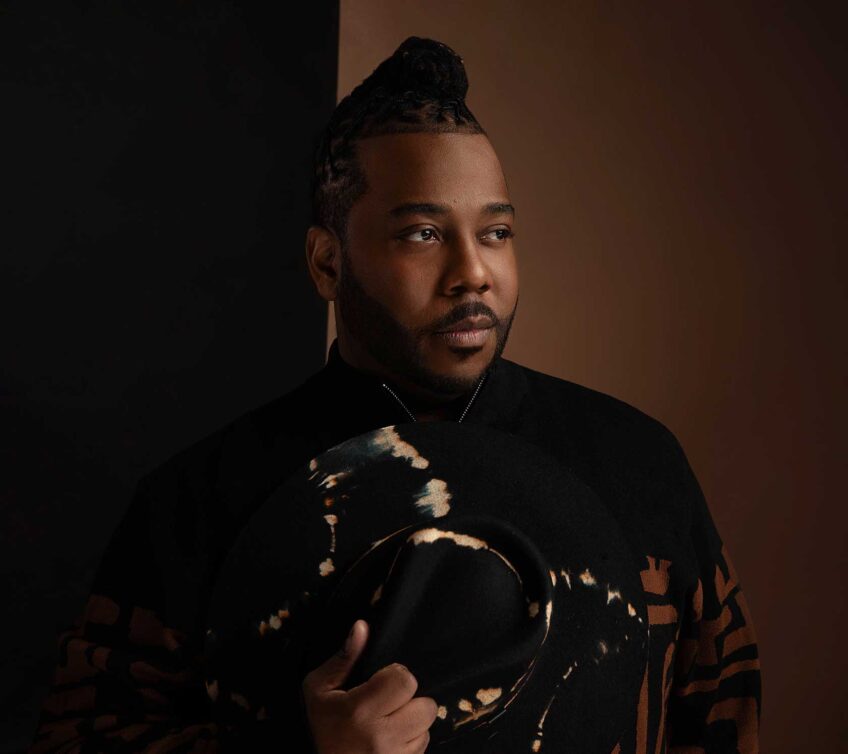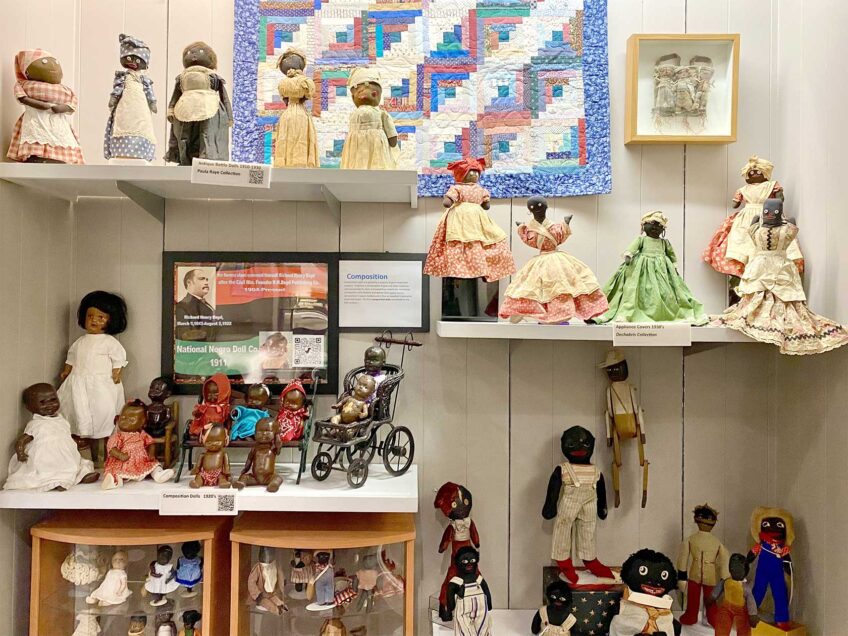Jason Moran celebrates Monk at New England Conservatory with a multimedia jazzfest


Author: AP /Copyright 1959, 2007 The Heirs of W. Eugene Smith/Center for Creative at the University of ArizonaThelonious Monk is seen at Hall Overton’s loft in New York in this 1959 photo provided by the Center for Creative Photography.
Jason Moran celebrates Monk at New England Conservatory with a multimedia jazzfest
There’s something about watching a group of musicians perform onstage together for the first time. In the beginning there are mistakes: a trombone blows too hard or a trumpet squeaks out of nerves.
But as the musicians continue to play, the harmonies become more noticeable, the music loosens and the discussion begins to make sense to the audience.
That is how it went for Jason Moran early this month in Jordan Hall at the New England Conservatory (NEC). He played a modern tribute to Thelonius Monk’s 1959 live recording of “Monk at Town Hall,” which Moran titled, “In My Mind — Monk at Town Hall 1959.”
The concert was a multimedia experience combining the talents of Moran’s band The Bandwagon, which included five jazz students from NEC. Though the first song felt a little out of sorts, by the second it felt like Monk was in the building.
And, for a few minutes of the show, he was.
“In between songs there are these snip bits of history, or snip bits of Thelonius Monk talking,” Moran explained in an interview before the show. “It all happens on video. I never actually say a word during the concert. Everything is coming from the video — so the audience is kinda focusing on a number of things at once. But I think we’re all kinda used to that.”
With his back to the audience, sitting upright in a chair, Moran compelled the audience to watch the screens. For more than an hour, Moran with Tarus Mateen on bass, and Nasheet Waits on drums, as well as the NEC students, belted out their interpretations and improvisations of Monk’s music while images of the composer and symbols of his music were projected above him.
Moran told both his story and Monk’s through video. The audience read about how he was inspired to become a pianist through yellow words written against black and white photographs of his belongings. A picture of his piano, desk, chair — “I’m snobbish about my chairs” he wrote.
These artifacts introduced the audience to Moran’s life and the moment he fell in love with the piano. He displayed on the screen above his band, “it was as if hearing Thelonius Monk set everything in motion.”
When Moran was 13, he found his parents watching TV on mute. Thelonius Monk played in the background. They had just learned news of someone’s death, and they listened to Monk’s “‘Round Midnight.” “It was all the commentary they seemed to need, the sound of loss and despair,” Moran writes on his website.
“Up to that point, I had been studying classical piano […] Now, instead, I began to learn “Round Midnight” and other jazz songs. I found my road to Monk. By the time I was 17, I had amassed a collection of 70 Monk recordings, and began to think of myself as a committed pianist.”
He is a Monk historian as well. During the show, Moran shows a plantation field and tells the audience about Monk’s family history with slavery.
“His last name is Monk because his slave master’s name was Monk,” he said. “And as cool as we think the name Monk is, it’s also quite a stain, too, on American history. So here’s Thelonius Monk, this kind of brilliant musician and composer who has been able to change the perception of the name Monk, you know, as an African American.”
Moran also created a scene where the audience reads about Monk being beat with a billy club by a police officer outside of a club. The screen read, “They take out their billy club and start beating his ass,” and Waits played a drumroll. The drums grew louder and louder into a crescendo as Moran left the room with half of his band, leaving only the trumpet, trombone and bass trombone to create a slow melody over the chaotic drum beat.
The drums stopped and the remaining stood and walked off stage while continuing to play, as if they are saluting Monk’s memory and adversities.
“I wanted to bring some of these issues up with relationship to his music,” Moran said. “Because his history is his music and to separate the two, would be ridiculous. So I wanted to marry the two again and put it in front of, not only the band members, but in front of the audience, so we contemplate this as we listen to his music.”
As the band regrouped on stage, Monk’s words played overhead. He spoke about his music, and he exchanged ideas with Eugene Smith about how to play his 1959 performance, “Monk at Town Hall.” The pair banter and it set the stage for the second half of the show, bringing the audience into Monk’s thoughts.
During this rare look into his strategy as a musician and as a band leader, Monk emphasized that he wanted to keep the music loose and free, telling Smith that he wants to hear “harmony all the way through,” and that they won’t be playing songs in the big band style, because that’s “too stiff.”
Moran’s music became fuller and more improvisational as the last three songs played out on stage. The band played together like they really knew each other at this point, which is true — they rehearsed these songs for the better part of a year — and the rhythm and beat reflected this symbiotic energy. The concert felt just like it was intended — like a passionate discussion of Monk.
“A really good discussion, just like any good film, or any good Shakespeare, it really flows well, line after line after line and it makes sense,” Moran said.
He said he had confidence in this band to play Monk’s music well because the structure of jazz and the themes of the songs would carry them through the improvisations.
“Even if you don’t really understand what a song is saying, but you know they are talking about this subject in a way that you haven’t before, and to some degree it will probably make sense.”
And it did. By the second to last song the multimedia presentation just flashed the words across the screen, line after line, “in my mind,” and the audience was with the band — in Monk’s mind.
“I was born in 1920 when I started hearing music in my mind. In my mind. In my mind,” the video played like a broken record.
“(The concert) unfolds in a way that by the end it’s a big party,” Moran said earlier in the evening.
To end the show, the band played as they walked off the stage, up through the audience, out of Jordan Hall and onto Gainsborough Street, all the while belting Monk’s music.


![Banner [Virtual] Art Gallery](https://baystatebanner.com/wp-content/uploads/2024/04/Cagen-Luse_Men-at-store-e1713991226112-150x150.jpg)

![Banner [Virtual] Art Gallery](https://baystatebanner.com/wp-content/uploads/2024/04/Cagen-Luse_Men-at-store-e1713991226112-848x569.jpg)

